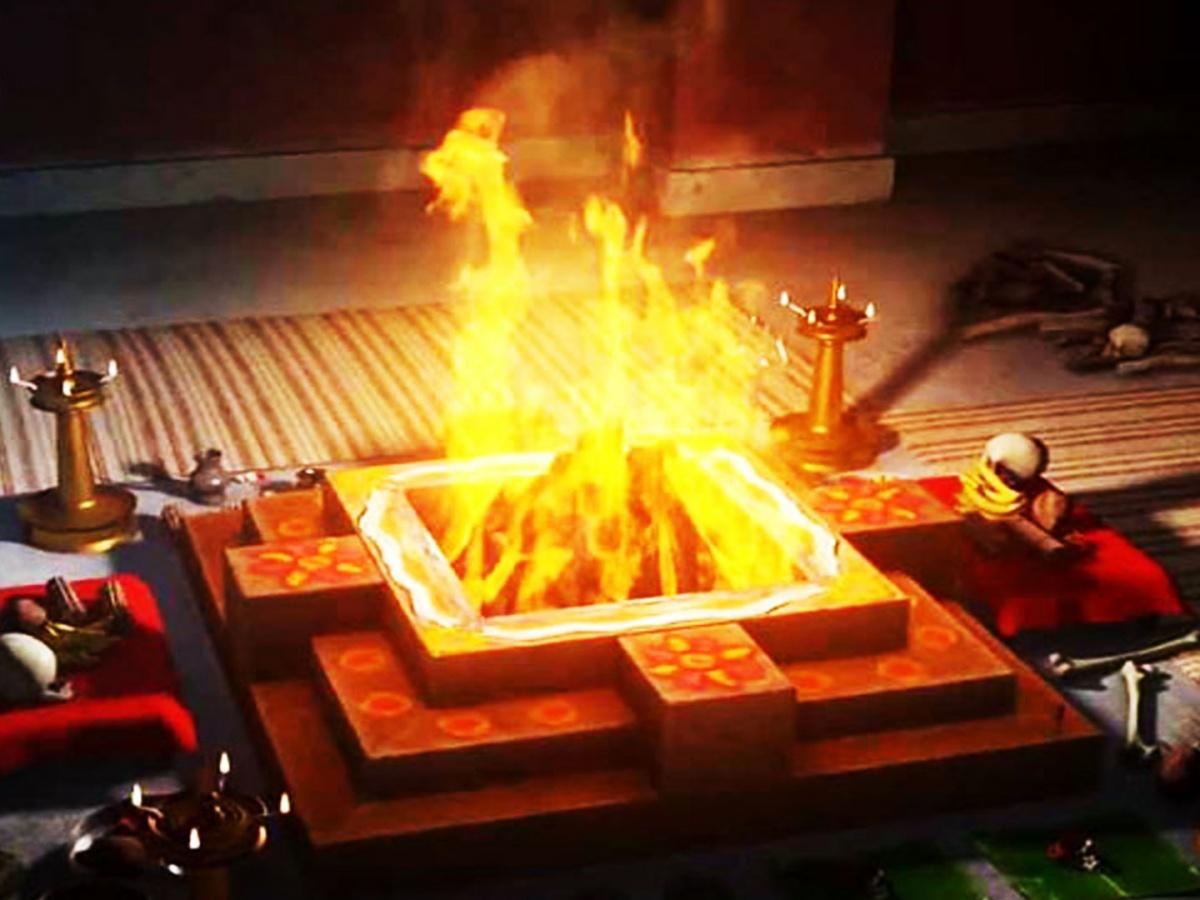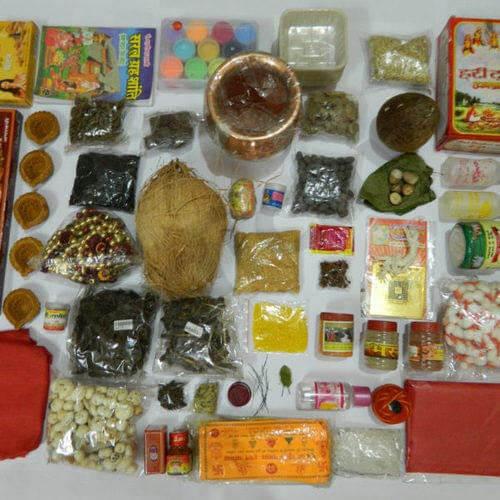- This topic has 0 replies, 1 voice, and was last updated by .
-
AuthorPosts
-
March 9, 2024 at 7:46 pm #1815Up::15
Sanatan Dharma and its many branches all have a way of connecting to the Almighty God. Yagna or yagya has been practiced since the creation of mankind and is an integral part of Hindu Dharma. Holy scriptures and literature show how Lord Rama, Lord Parshuram, and Yogeshwar Lord Krishna all performed Yagya to show their respect and give offerings to the highest power. Yagya not only gives a sense of fulfillment but also calms the mind and heart, and helps kill any evil inside oneself. However, some people have taken advantage of Yagya to fulfill their unrighteous needs and have faced the consequences of their actions, thanks to karma.

During Yagya, the yajman offers ahuti in the Agni of the yagya. Ahuti means a non-sacrificial offering, i.e., an offering to God that does not involve the sacrifice of a living being. Through the course of Yagya, many mantras and slokas are spoken with the Ahuti to convey one’s message to God. At the end of Yagya, a purnahuti is offered, which is arguably the most important of all ahutis. Purnahuti means the complete or final sacrificial offering of the yagya. Purnahuti signifies completeness and the surrender of oneself to the almighty power. It is the complete sacrifice of oneself to God. You may think that the complete sacrifice of oneself is a contradiction of the meaning of Ahuti. To clarify this, you must understand that purnahuti is not the end of one’s journey on earth; it is the realization and acknowledgment that God is always within you, and you belong to him.

The purnahuti is offered along with valuable things being poured into the agni of the yagya, and slokas being recited, to communicate with God while presenting the ahuti. the sloka recited during purnahuti is,
पूर्णमदः पूर्णमिदं पूर्णात्पूर्णमुदच्यते।
पूर्णस्य पूर्णमादाय पूर्णमेवावशिष्यते॥
That is purna ; this is purna.
Purna is taken from the purna.
Upon taking purna from the purna
What remains, too, is purna.The word purna means filled, fulfilled, complete, perfected, as perfect as God.
Here,“That” refers to the transcendent and “this” refers to the tangible material, eminent universe including ourselves.
As mentioned above, many have tried to use the yagya’s purnahuti to fulfill their unrighteous wants. Even if they got what they wanted, righteousness came in the way of their evil plans. Hence, this is the power and significance of purnahuti offered with a pure heart and mind.
To share some personal experience, being a part of The Arya Samaj, I am used to going for a weekly yagya, and at the end of the Yagya, when the purnahuti is being offered, the mantra we recite is
ओम् सर्वं वै पूर्णं स्वाहा॥
Meaning – Oh Almighty God! By your grace, my entire yagna ritual today has been completed and I offer this complete sacrifice.
Reciting the Purnahuti Mantra three times indicates that this Yagna ritual, performed with a feeling of gratitude to the physical, spiritual, and social worlds and the earth, space, and heaven, and to attain spiritual, spiritual and spiritual pleasures, proves to be successful after its completion. Yes. May its purpose be fulfilled.
- This topic was modified 1 year ago by .
- This topic was modified 1 year ago by .
-
AuthorPosts
- You must be logged in to reply to this topic.